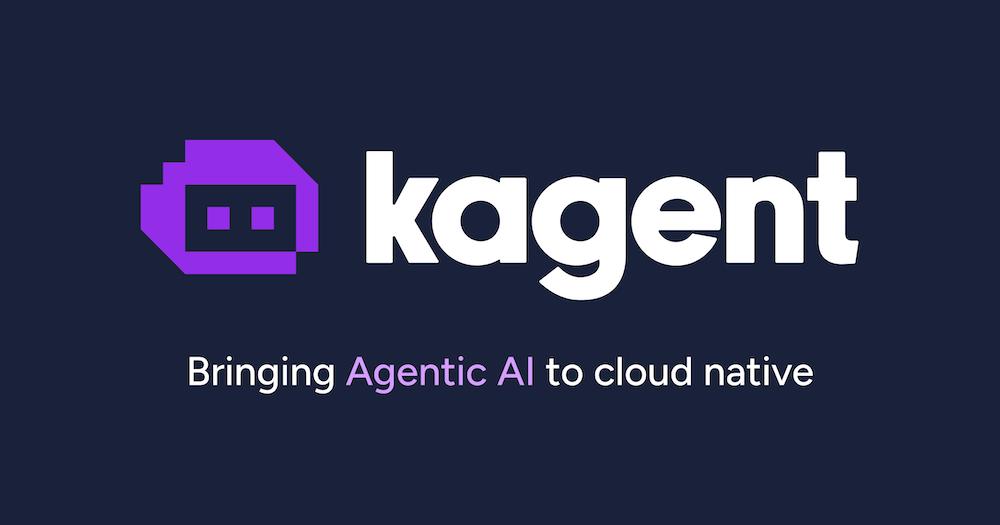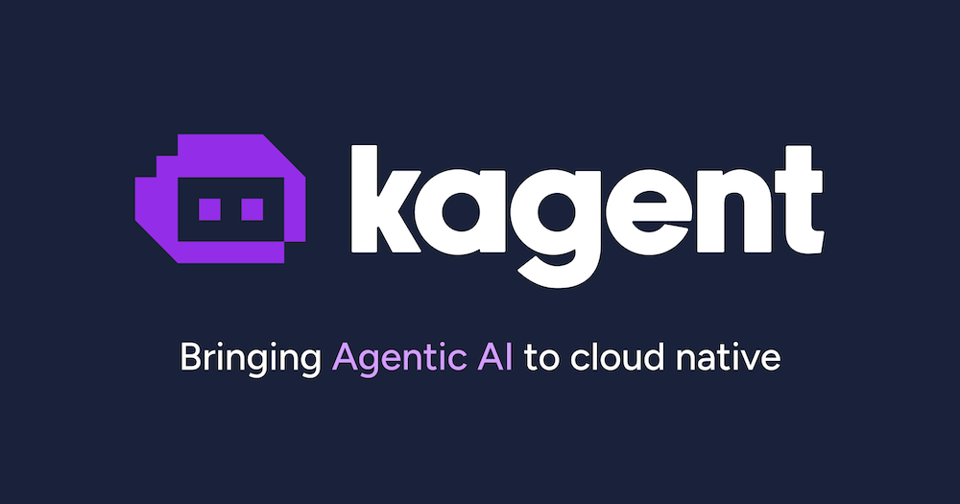Enterprise platform teams face a critical infrastructure gap when deploying autonomous AI agents at scale. Solo.io’s kagent enterprise addresses this challenge by extending Kubernetes beyond traditional workload orchestration into context-aware infrastructure designed specifically for agents, tools and large language models.
The Production Gap in Agentic Infrastructure
Current cloud native infrastructure lacks the identity models, observability depth and governance frameworks required for production-grade AI agents. Traditional Kubernetes treats workloads as isolated black boxes, failing to capture the contextual relationships between agents acting on behalf of users, the tools they access and the language models they consume. This architectural limitation explains why organizations struggle to move agent deployments beyond pilot phases, despite widespread enthusiasm for the adoption of agentic AI.
Technical Architecture and Capabilities
Kagent enterprise introduces three layers of context-awareness to address these infrastructure gaps.
The networking layer includes agentgateway, an agent-native data plane that supports Model Context Protocol, Agent-to-Agent protocol and leading LLM provider APIs. Unlike conventional AI gateways that focus solely on LLM consumption, agentgateway handles the full spectrum of agentic connectivity patterns, including inter-agent communication and tool server interactions.
The runtime layer extends Kubernetes with identity and policy models designed for agents operating on behalf of users. This includes advanced failover mechanisms, memory management for stateful agents and deeper observability instrumentation that tracks how agents and tools interact across distributed environments. The platform integrates with existing agentic frameworks, including Google’s Agent Development Kit and Langchain, while maintaining compatibility with any MCP-compliant tool server implementation.
The management plane provides centralized AgentOps capabilities through a unified dashboard that visualizes agent graphs and traces end-to-end interactions between users, agents, tools and language models. Policy and lifecycle management operate through declarative APIs and user interface controls for creating, deploying, updating and retiring agents. An agent registry enables the discovery of available agents and tools, while human-in-the-loop and human-on-the-loop controls provide enterprise-grade safeguards.
Enterprise Implementation Considerations
Organizations implementing kagent enterprise gain centralized visibility across distributed agentic infrastructure with audit trails required for compliance frameworks. The platform establishes end-to-end identity integration with existing identity providers to secure user, agent and tool interactions. Context-aware observability extends beyond traditional metrics and logs to provide root cause analysis when autonomous agents produce unexpected outcomes.
The architecture supports heterogeneous agent framework deployments across federated Kubernetes environments. Platform teams can implement consistent security, observability and lifecycle management across different agentic frameworks without requiring standardization on a single development approach. This flexibility addresses enterprise requirements for vendor independence while maintaining operational consistency.
Cost transparency becomes critical as organizations scale agent deployments. Kagent enterprise provides detailed consumption tracking for every agent, tool and LLM interaction to enable accurate cost attribution and budget management. This capability addresses common concerns about unpredictable cloud costs associated with AI workloads.
Market Position and Competitive Landscape
The enterprise AI agent platform market comprises vendors that focus on specific use cases rather than infrastructure-level solutions. Microsoft Copilot targets productivity scenarios within Microsoft ecosystems while IBM watsonX emphasizes industry-specific solutions with complex pricing models. Salesforce Agentforce focuses on CRM workflows, whereas Google Vertex AI Agent Builder requires significant investment from a development team.
Solo.io differentiates kagent enterprise by addressing infrastructure requirements rather than application-specific functionality. The platform enables organizations to run any agent framework on a consistent, enterprise-grade foundation rather than committing to a single vendor’s agent development approach. This infrastructure-first strategy aligns with enterprise preferences for maintaining technological flexibility.
The open source foundation provides additional competitive advantages. Kagent community edition serves as a CNCF project, with over 800 community members and more than 100 contributors, establishing credibility and reducing vendor lock-in concerns. Organizations can evaluate core functionality through the community edition before implementing enterprise features for production deployments.
Kagent enterprise equips kubernetes to run AI agents reliably by adding context-aware networking, runtime, and centralized operations for observability, policy, and lifecycle management. It targets the gap between pilot agents and production by securing agent-to-agent and agent-to-tool interactions, integrating with existing frameworks, and improving auditability and cost control.









